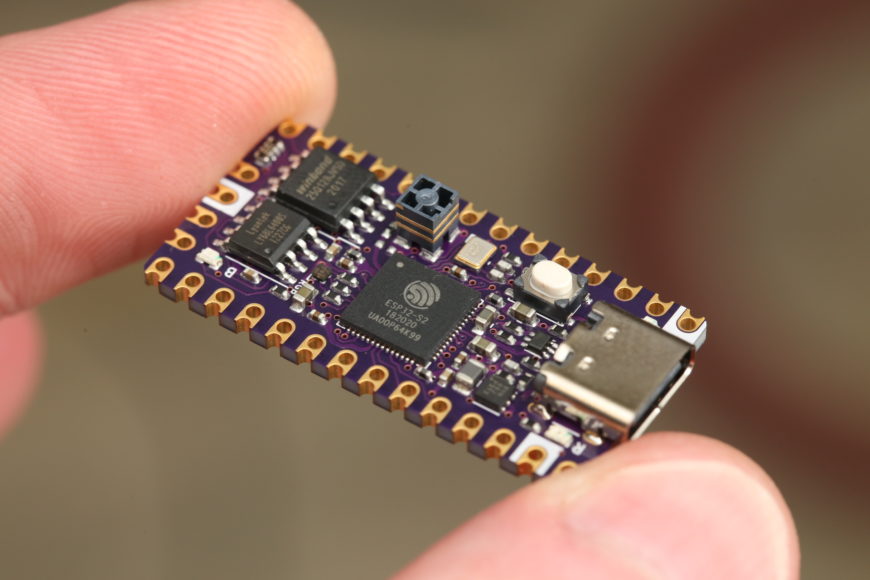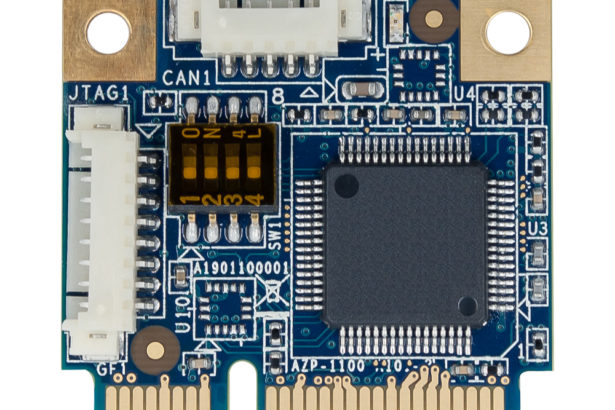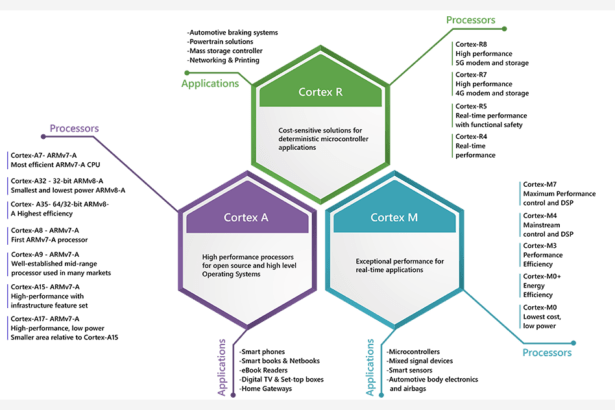The building blocks of an IoT device consists of three major hardware components: sensors, microcontrollers, and communication medium.
In a 2022 survey, conducted by Eseye in association with Kaleido Intelligence, 84% of 750 IoT professionals finds that hardware design is the number one perceived barrier to deployment.
Our IoT Hardware Design Expertise
Most of our customers have a clear idea of their IoT features, their target end-user prices and their server-side apps. But they often lack knowledge and experience in the hardware side because it’s a quite different world for them. Voltanode assists them by clearly understanding their business requirements and speaking the same language than their developers and DevOps.
In IoT hardware designing, it all comes down to a clear understanding of the customer’s business requirement. We take care of the minute details of component and data specification and ensure that it corresponds to the final goal.
IoT hardware is not only a PCB with components and soldering. It’s a complex mixture of full integrated microcontrollers, sensors, data acquisition and processing hardware and firmware and communication hardware and firmware. Just add security, cryptography, power management, mixed analog/digital signals and it can become an engineer nightmare.
Voltanode has a deep expertise in IoT projects. When it comes to IoT hardware design, there are critical factors that impact the technology choices.
In most cases, sensor(s) selection process is the key success factor. Voltanode helps you selecting the most appropriate in terms of type (analog/digital), resolution, signal conditioning, signal processing, temperature deviation, power consumption, etc.
Then, we select and propose industrial grade microcontrollers after a careful evaluation of the business requirements (time and cost of project design) and functional factors like algorithms processing power, security (embedded crypto features), power consumption and management, I/Os, etc.
Here are important IoT hardware design considerations:
- What are the physical signals that need to be measured?
- How frequently we need to collect signals and how fast the data should be exchanged over the network?
- What is the lifecycle of the product?
- How to think ‘Security-by-design’?
- Which kind of power supply?
- Should sensors be connected to the cloud directly or via a gateway device or a Edge computer?
- Which EMI (noise) immunity and IP class?
- How much storage memory is required?
- Does the IoT be compliant to any legal or technical requirements?



